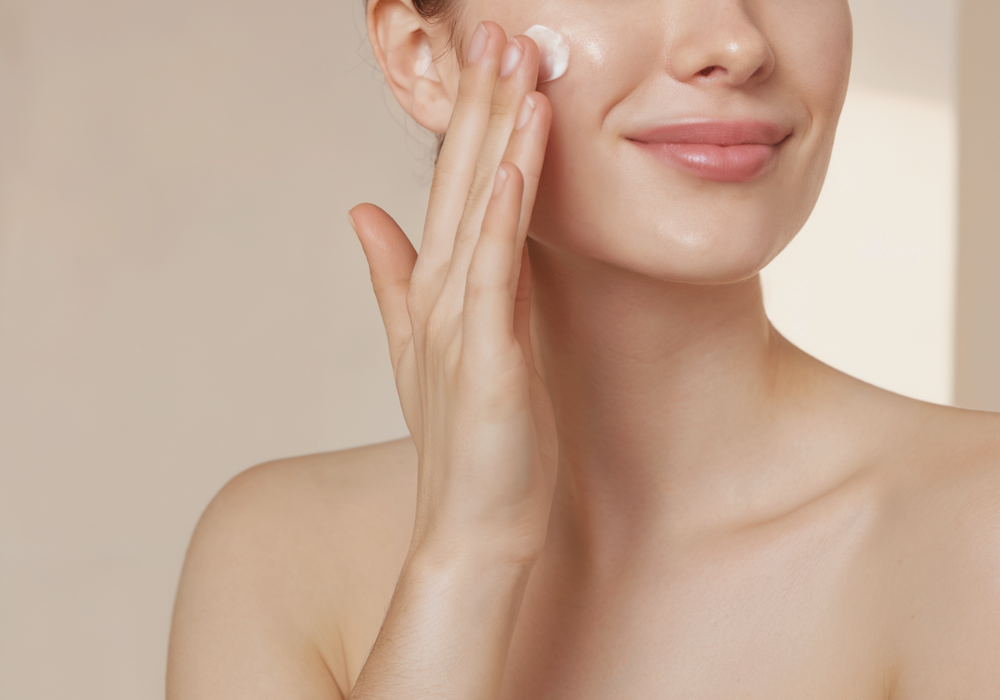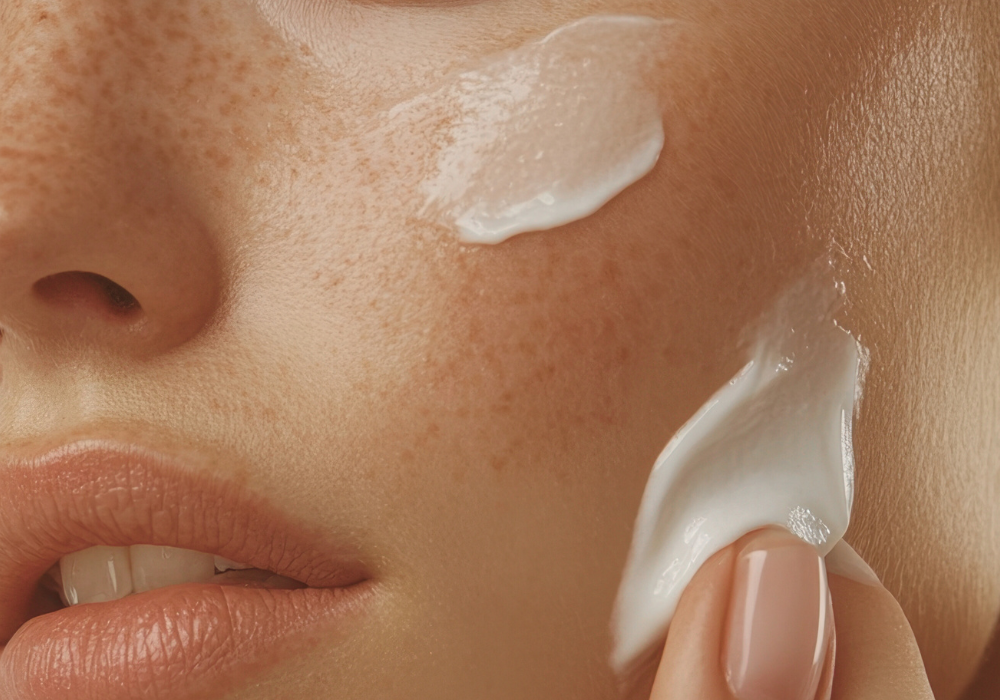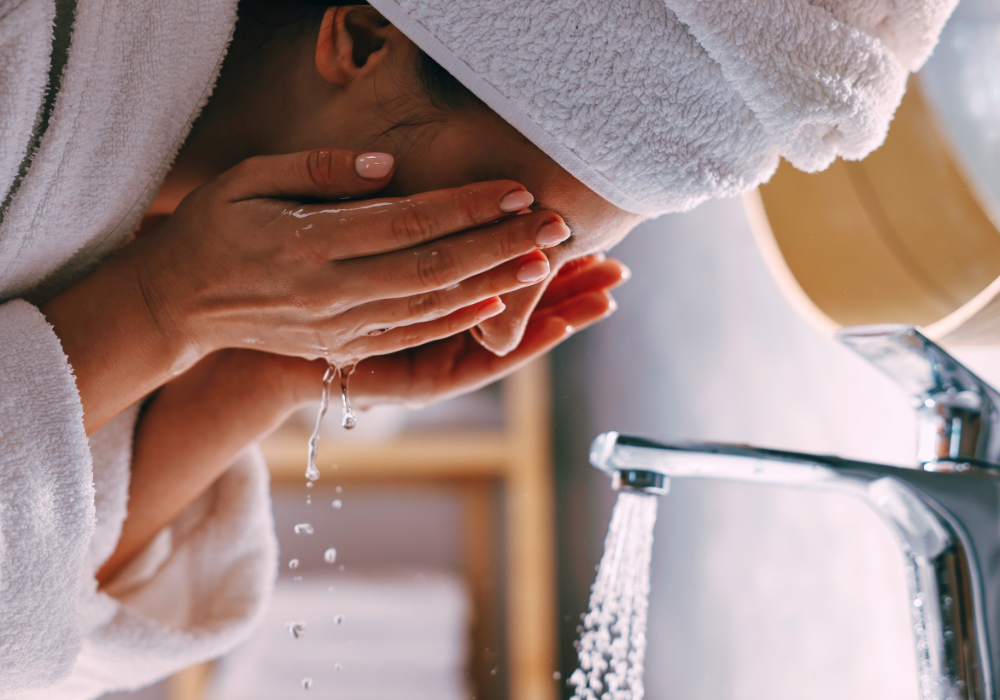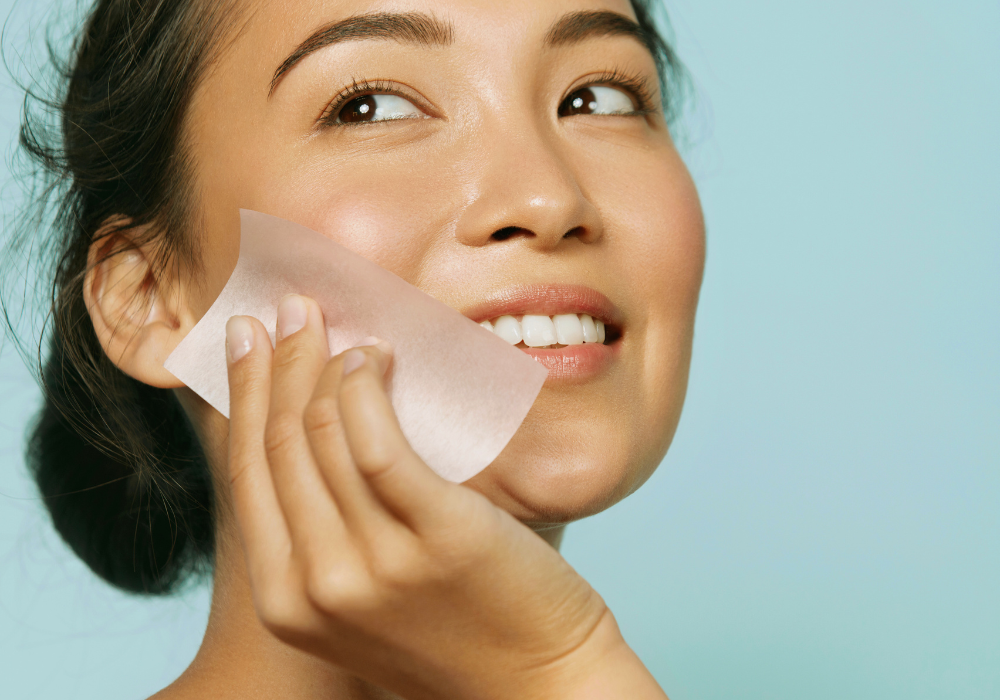At 50 years old, Pedro Pascal has maintained the kind of complexion that keeps fans and skincare enthusiasts curious. While the Chilean-American actor keeps most of his grooming habits private, the science behind effective men's skincare is anything but mysterious. The principles that help celebrities like Pascal maintain camera-ready skin—cleansing, exfoliation, hydration, and sun protection—are accessible to anyone willing to build a consistent routine. If you're looking to simplify your approach while still getting results, a multifunctional cleanser that combines exfoliation and hydration in one step can eliminate the guesswork.
Celebrity skin maintenance combines professional expertise with daily discipline in basic skincare principles. Men's skin is generally thicker and oilier than women's and produces more sebum, but the fundamental approach remains the same: consistent care with science-backed ingredients. Whether you're preparing for close-up shots on set or just want to look your best in everyday life, understanding what actually works—and what's just marketing hype—can save you time and money.
The real secret isn't expensive products or complicated routines. It's about choosing effective formulations with proven actives and using them consistently. From Pedro Pascal's demanding filming schedules to your daily routine, the foundation stays the same.
Key Takeaways
-
Celebrity skincare success comes down to consistency with basic principles anyone can follow—cleansing, treating, moisturizing, and protecting with SPF
-
Men's skin requires the same fundamental care as any skin type, with up to 80-90% of visible aging caused by sun exposure making SPF the most critical step
-
Chemical exfoliants like alpha and beta hydroxy acids deliver better texture and tone improvements than physical scrubs without irritation
-
A simplified routine with multifunctional products can match the results of complex 10-step regimens when formulated correctly
-
Professional treatments accelerate results, but daily basics maintained over months create lasting improvements in skin health
Pedro Pascal's Approach to Skincare and Grooming
Pedro Pascal's career trajectory from Game of Thrones to The Mandalorian and The Last of Us has kept him in front of high-definition cameras for years. At 50, maintaining skin that can handle both heavy stage makeup and extreme close-ups requires more than luck—it demands a practical approach to skincare.
Actors working in film and television face unique skin challenges. Long hours under harsh lighting, layers of makeup and prosthetics, and unpredictable on-location conditions all stress the skin barrier. Growing awareness that skin health matters for professional appearance has led more men to prioritize dermatological care.
Professional demands that impact skin health:
-
12-16 hour filming days with minimal cleansing breaks
-
Heavy makeup application and removal cycles
-
Occlusive prosthetics that trap heat and moisture
-
Travel between time zones disrupting routine consistency
-
Outdoor filming in variable weather conditions
Celebrity grooming habits often blend accessible daily products with periodic professional treatments. The combination approach makes sense—professional treatments paired with at-home care show significantly better results than either method alone. While Pascal hasn't publicly detailed his exact routine, the demands of his profession point to certain non-negotiables: thorough cleansing to remove makeup, hydration to counteract environmental stress, and protection from UV damage during outdoor shoots.
What separates celebrity skin maintenance from typical routines often isn't the products themselves but the consistency and professional guidance behind them. Working with dermatologists and makeup artists means getting personalized recommendations based on actual skin needs rather than marketing claims.
The takeaway for anyone building their own routine? You don't need a celebrity budget to adopt the same fundamental principles. Effective cleansing, targeted active ingredients, and daily sun protection form the foundation whether you're preparing for a red carpet or a Monday morning meeting.
Essential Skincare Routine Steps Every Man Should Follow
Effective skincare doesn't need to be complicated. A streamlined approach with the right products beats a 10-step routine you won't stick with. The core sequence remains the same morning and evening: cleanse, treat, moisturize, and protect.
Morning Skincare Sequence
Start with a gentle cleanser that removes overnight oil and dead skin cells without stripping. Chemical exfoliants work better than physical scrubs for texture improvement—alpha and beta hydroxy acids break down the bonds between dead cells rather than scratching at the surface.
After cleansing, apply targeted treatments while skin is still slightly damp. Vitamin C serums can improve hyperpigmentation and provide antioxidant protection when used consistently for 8-12 weeks. The antioxidant protection also helps defend against environmental damage throughout the day.
Morning routine essentials:
-
Cleanser with exfoliating acids
-
Antioxidant serum (vitamin C)
-
Lightweight moisturizer
-
Broad-spectrum SPF 30+
Apply approximately 1/2 teaspoon of sunscreen for face and neck coverage. Most people under-apply, getting only 25-50% of the stated SPF protection as a result.
Evening Skincare Sequence
Nighttime is when skin enters repair mode, making it ideal for active ingredients that support cell turnover. If you've worn sunscreen or been in polluted environments, a thorough cleanse removes buildup that can clog pores overnight.
The Kipi Exfoliating Daily Cleanser combines triple-action hydroxy acids (1% AHA, 0.4% BHA, 1% PHA) with hyaluronic acid, simplifying the routine by handling both exfoliation and hydration in one step. Gentle enough for twice-daily use, it removes impurities while maintaining skin's natural pH balance.
Retinoids—vitamin A derivatives—are the gold standard for anti-aging. Clinical trials show significant improvements in fine lines, wrinkles, and texture with 12-24 weeks of consistent use. Start with lower concentrations 2-3 times weekly to minimize irritation during the adjustment period.
How to Layer Products Correctly
Product sequencing affects absorption and effectiveness. The general rule: thinnest to thickest consistency, water-based before oil-based.
After cleansing, apply any treatment serums or actives to bare skin. Wait 1-2 minutes for absorption before layering the next product. Moisturizer goes last in the evening routine—in the morning, SPF is your final step.
Consistent nighttime routines show significantly better outcomes than sporadic use over 6-month periods. Set up your products where you'll see them. The best routine is the one you'll actually do.
How Celebrities Like Pedro Pascal Maintain Skin During Filming
High-definition cameras capture every pore, line, and blemish in unforgiving detail. For actors like Pedro Pascal filming The Mandalorian or The Last of Us, skin condition directly impacts on-screen appearance and can affect production schedules if serious issues develop.
Skincare Challenges During Game of Thrones and The Mandalorian
Costume and prosthetic requirements create unique skin challenges. Pascal's character Oberyn Martell in Game of Thrones required less coverage, but The Mandalorian helmet meant hours with his face sealed under metal and padding.
On-set conditions that stress skin:
-
6-8 hours under heavy prosthetics restricting airflow
-
Multiple makeup applications and removals daily
-
Dry, conditioned air on soundstages
-
Outdoor filming in extreme temperatures
-
Irregular sleep schedules disrupting skin repair
-
Limited access to proper cleansing between takes
Professional makeup artists work to protect skin during application and removal, using barrier creams and gentle removers. But the responsibility for daily maintenance falls on the actor.
Travel between filming locations adds another layer of complexity. A travel-friendly 60ml cleanser becomes essential gear for maintaining routine consistency across time zones and changing environments.
Professional vs. At-Home Skincare
Celebrities have access to professional treatments—chemical peels, laser resurfacing, microneedling—that accelerate results. These clinical procedures work by creating controlled damage that triggers healing and collagen production.
But the foundation remains at-home consistency. Professional treatments combined with daily care show significantly better results than either approach alone. A dermatologist can reset the skin with an intensive treatment, but without proper daily maintenance, results fade quickly.
The advantage of working with skincare professionals isn't just access to stronger treatments—it's personalized guidance on product selection and routine building. Trial and error wastes time and money; expert assessment identifies your specific needs upfront.
For most people, the same principles apply: invest in a solid cleansing and protection routine, add targeted treatments based on your main concerns, and give products adequate time to work before switching.
The simple routine approach that combines multiple benefits in one step makes consistency more achievable whether you're filming on location or working a demanding schedule in any profession.
Building a Simple, Science-Backed Men's Skincare Routine
Complexity kills consistency. A routine you'll actually follow beats an optimal-on-paper system you abandon after two weeks. The goal is finding the minimum effective dose—the fewest products that deliver maximum results.
What to Look for in Men's Skincare Brands
Ingredient transparency separates legitimate brands from marketing machines. Look for companies that list active ingredient percentages and explain the science behind their formulations. If a brand won't tell you how much of the "star ingredient" is actually in the bottle, assume it's a trace amount for label appeal.
Quality markers in skincare brands:
-
Specific percentages of active ingredients disclosed
-
Formulation pH appropriate for ingredient efficacy
-
Clinical testing or third-party verification
-
Clear usage instructions and timeframes for results
-
Transparent about what the product won't do
The men's skincare market continues to grow, but gender-specific marketing often adds cost without adding value. Effective formulations work regardless of who's using them—skin doesn't care about packaging design.
Certifications like vegan, cruelty-free, and free from sulfates and parabens indicate thoughtful formulation but don't automatically guarantee efficacy. The ingredient list and concentrations matter more than badges.
Science-Backed Ingredients That Deliver Results
Certain ingredients have decades of research supporting their effectiveness. Focus on these proven actives rather than chasing trendy new discoveries with limited evidence.
Evidence-based skincare ingredients:
-
Retinoids: Vitamin A derivatives showing significant improvement in fine lines, wrinkles, and texture with 12+ weeks of consistent use
-
Vitamin C: Antioxidant that can improve hyperpigmentation and provide environmental protection over 8-12 weeks
-
Hyaluronic Acid: Humectant that significantly increases skin hydration
-
Niacinamide: B3 vitamin regulating sebum and improving barrier function
-
Broad-spectrum SPF: Reducing melanoma risk and photoaging
The Kipi approach—combining triple-action hydroxy acids with hyaluronic acid and pro-vitamin B5 in a single cleanser—exemplifies multifunctional formulation. Rather than buying separate products for exfoliation, cleansing, and hydration, a science-backed formula delivers all three benefits in one step.
This minimizes the number of products and potential irritants, reducing the risk of reactions while simplifying the routine.
For those wanting to understand the broader benefits, the statistics on skincare routines demonstrate that consistent basic routines outperform complex, sporadic approaches across all measured outcomes.
Frequently Asked Questions
Do men need a different skincare routine than women?
Not really. While men's skin is generally thicker and produces more sebum, fundamental skincare principles remain identical. Both benefit from cleansing, exfoliation, hydration, and sun protection. Ingredient efficacy doesn't vary by gender.
How long does it take to see results from a skincare routine?
Surface improvements like hydration appear within 1-2 weeks. Retinoids require 12+ weeks for visible anti-aging benefits. Hyperpigmentation needs 8-12 weeks with active ingredients. Consistency is critical—sporadic use delays results significantly.
Can you exfoliate daily without damaging skin?
Yes, with properly formulated products. Low-concentration daily-use formulas (1-10% acids) differ from high-strength weekly peels. Correct pH, supporting ingredients, and appropriate percentages allow safe daily exfoliation without compromising the skin barrier.
What's the difference between AHA, BHA, and PHA?
AHAs are water-soluble, working on the surface for brightness. BHA is oil-soluble, penetrating pores to clear congestion. PHAs have larger molecules that exfoliate gently while hydrating. Triple-action blends address multiple concerns simultaneously.
Should men with oily skin skip moisturizer?
No. Oily skin still needs hydration. Stripping all oil triggers increased sebum production. Choose lightweight, gel-based formulas instead of heavy creams. Proper hydration can normalize oil production over time, not worsen it.









